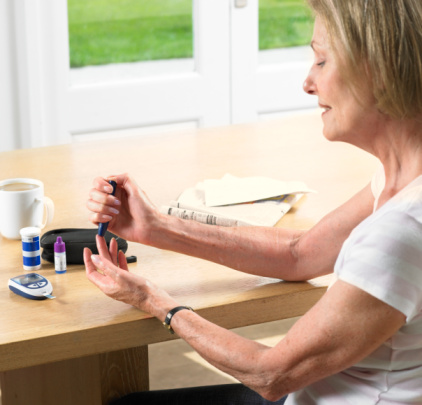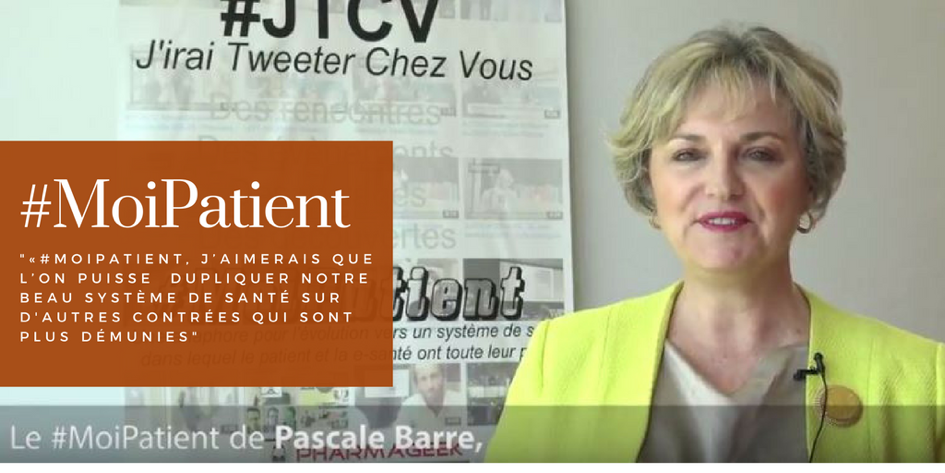How technology can help tackle the rising cost of healthcare in Asia Pacific
30/08/2014RARE Toolkits: BECOMING AN EMPOWERED PATIENT: A TOOLKIT FOR THE UNDIAGNOSED
30/08/2014Mobile Applications for Diabetes Self-Management: Status and Potential
Journal of Diabetes Science and Technology, Vol. 7, Issue 1 Jan. 2013.
El-Gayar, Timsina and Nawar.
ABSTRACT
Background:
Advancements in smartphone technology coupled with the proliferation of data connectivity has resulted in increased interest and unprecedented growth in mobile applications for diabetes self-management. The objective of this article is to determine, in a systematic review, whether diabetes applications have been helping patients with type 1 or type 2 diabetes self-manage their condition and to identify issues necessary for large-scale adoption of such interventions.
Methods:
The review covers commercial applications available on the Apple App Store (as a representative of commercially available applications) and articles published in relevant databases covering a period fromJanuary 1995 to August 2012. The review included all applications supporting any diabetes self-management task where the patient is the primary actor.
Results:
Available applications support self-management tasks such as physical exercise, insulin dosage or medication, blood glucose testing, and diet. Other support tasks considered include decision support, notification/alert, tagging of input data, and integration with social media. The review points to the potential for mobile applications to have a positive impact on diabetes self-management. Analysis indicates that application usage is associated with improved attitudes favorable to diabetes self-management. Limitations of the applications include lack of personalized feedback; usability issues, particularly the ease of data entry; and integration with patients and electronic health records.
Conclusions:
Research into the adoption and use of user-centered and sociotechnical design principles is needed to improve usability, perceived usefulness, and, ultimately, adoption of the technology. Proliferation and efficacy of interventions involving mobile applications will benefit from a holistic approach that takes into account patients’ expectations and providers’ needs.
J Diabetes Sci Technol 2013;7(1):247–262
Source: dst.sagepub.com




